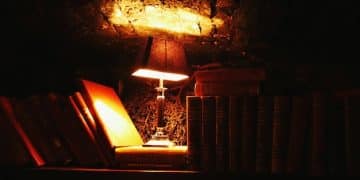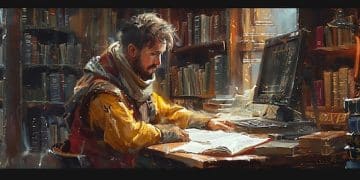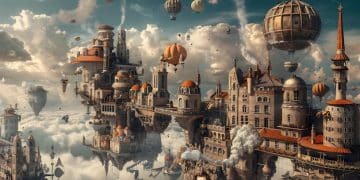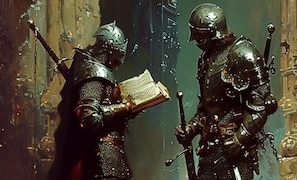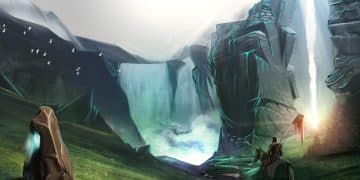Exploring Magical Realism’s Charm in Novels: Magic Meets Reality
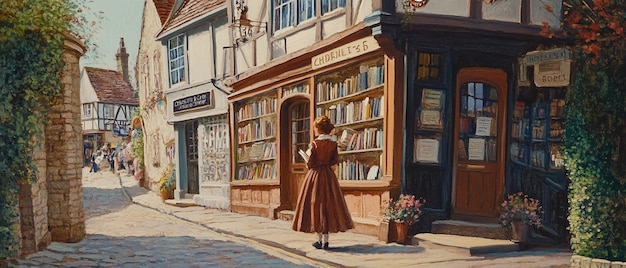
Magical realism intricately weaves the extraordinary into the ordinary, creating narratives where magic and reality coexist seamlessly, challenging our perceptions and inviting readers into worlds where the impossible feels strikingly real in novels.
Delve into the enchanting world of magical realism, where the boundaries between the mundane and the mystical blur, offering a unique reading experience. Magical Realism’s Charm: Analyzing the Unique Blend of Magic and Reality in Novels reveals how this genre captivates and challenges our understanding of storytelling.
What is magical realism?
Magical realism is a genre that infuses realistic settings with magical elements. It is not fantasy, where magic is expected and commonplace, but rather a subtle introduction of the extraordinary into the ordinary. This blend creates a sense of wonder and often serves to explore deeper social and political themes.
At its core, magical realism presents a world that appears normal but contains elements that defy logic. These elements are not explained or questioned by the characters, adding to the sense of immersion and acceptance of the unreal within the real.
Key characteristics of magical realism
Understanding the key characteristics helps in recognizing and appreciating this unique genre. Several elements consistently appear in magical realist works, contributing to their distinctive atmosphere.
- Magical Elements: The presence of supernatural or fantastical elements treated as normal occurrences.
- Realistic Setting: Grounded in a recognizable, often contemporary, setting.
- Limited Explanation: Lack of explanation or justification for the magical elements.
- Social Commentary: Often used to explore social or political issues indirectly.
The interplay between these characteristics creates a narrative tension that keeps readers engaged and reflective. It challenges them to consider alternative perspectives on reality and the power of imagination.
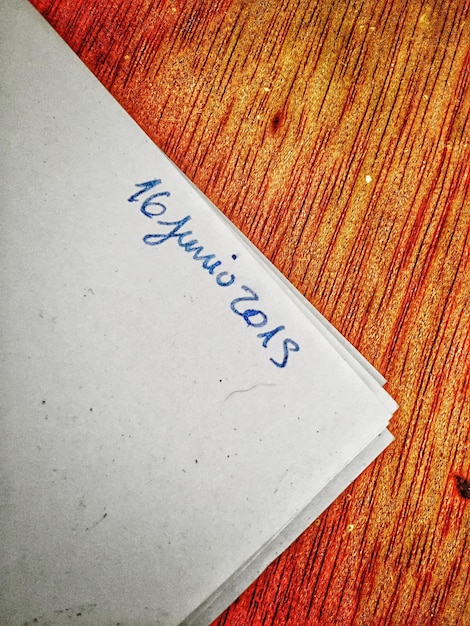
The origins and evolution of magical realism
The roots of magical realism can be traced back to the mid-20th century, particularly in Latin American literature. It emerged as a way to express the complex realities and cultural identities of the region, blending indigenous myths and beliefs with the harsh realities of political and social upheaval.
Over time, magical realism has evolved and spread to other parts of the world, influencing writers from various cultures. Its adaptability and versatility have allowed it to address a wide range of themes and issues, making it a globally recognized genre.
Early influences and key figures
Several key figures and movements influenced the development of magical realism. These pioneers laid the foundation for the genre’s unique blend of the real and the fantastical.
- Alejo Carpentier: Coined the term “lo real maravilloso,” referring to the marvelous reality of Latin America.
- Miguel Ángel Asturias: Explored indigenous myths and social issues in his novels.
- Gabriel García Márquez: His “One Hundred Years of Solitude” is considered a seminal work of magical realism.
- Jorge Luis Borges: His short stories often blurred the line between reality and dream.
These early influences helped shape the genre’s focus on cultural identity, political commentary, and the power of storytelling.
Analyzing the blend of magic and reality in novels
The magic in magical realism is not mere fantasy; it serves a purpose. It enhances the narrative, provides insight into characters, and comments on the socio-political context. Understanding how magic and reality interact is crucial to appreciating the depth of these novels.
Authors use magical elements to explore themes that are otherwise difficult to convey through straightforward realism. This allows for a more nuanced and profound examination of human experience.

Magical elements as metaphors
Magical elements often function as metaphors, representing abstract concepts or hidden truths. These metaphors enrich the narrative and invite readers to interpret the story on multiple levels.
- Ghosts: Can symbolize unresolved trauma or the lingering impact of historical events.
- Flying: May represent freedom, escape, or the transcendence of earthly limitations.
- Dreams: Often serve as portals to explore subconscious desires or fears.
By interpreting these magical elements, readers can gain a deeper understanding of the characters’ motivations and the underlying themes of the novel.
Notable authors and their magical realist works
Many authors have contributed to the richness and diversity of magical realism, each bringing their unique perspective and style to the genre. Exploring their works provides a comprehensive understanding of the genre’s breadth and potential.
From Latin America to Europe and beyond, magical realism has inspired writers to create unforgettable stories that challenge our perceptions of reality.
Gabriel García Márquez: One hundred years of solitude
García Márquez’s masterpiece is a sweeping saga of the Buendía family and the town of Macondo, filled with fantastical events and characters that transcend the boundaries of time and space. The novel explores themes of love, loss, and the cyclical nature of history.
Laura Esquivel: Like water for chocolate
The text should include information that connects the main keywork
Laura Esquivel’s novel intertwines the story of Tita, a young woman forbidden to marry, with the recipes she creates. Her emotions are transmitted through her cooking, affecting those who partake in her dishes. The novel celebrates Mexican culture and explores themes of love, passion, and social constraints.
The influence of magical realism on contemporary literature
Magical realism continues to influence contemporary literature, inspiring new generations of writers to experiment with blending magic and reality. Its impact can be seen in various genres, from young adult fiction to science fiction.
Its versatility and adaptability make it a relevant and powerful tool for exploring contemporary issues and challenging conventional storytelling.
Magical realism in young adult fiction
- Helps younger readers engage with complex themes in an accessible way.
- Encourages imagination and critical thinking.
- Offers alternative perspectives on identity and belonging.
The future of magical realism
As the world becomes increasingly complex and interconnected, magical realism offers a unique lens through which to explore the human experience. Its ability to blend the mundane and the mystical ensures its continued relevance and appeal to readers worldwide.
| Key Point | Brief Description |
|---|---|
| ✨ Definition | Blend of realistic setting with magical elements, accepted as normal. |
| 💡 Key Elements | Magical elements, realistic setting, limited explanation, social commentary. |
| 🌍 Origins | Mid-20th century Latin America; blends myth with social reality. |
| 📚 Notable Works | “One Hundred Years of Solitude,” “Like Water for Chocolate.” |
FAQ
▼
Magical realism features magical elements within a realistic setting, treated as normal. Fantasy takes place in a completely fantastical world where magic is expected and commonplace. The key difference lies in the integration of magic into the everyday.
▼
The setting in these novels is grounded in reality, typically reflecting cultural or historical contexts. This foundation makes the insertion of magical elements more impactful, allowing authors to explore social and political issues in a unique way.
▼
Authors utilize magical elements as metaphors to represent complex social issues. These metaphors add layers of meaning, offering a nuanced critique. By doing so, authors can address sensitive topics while engaging readers’ imaginations.
▼
Yes, especially Latin American culture, which blends indigenous myths and folklore with historical events. This fusion creates a rich tapestry for exploring identity, resistance, and the nature of reality, contributing in many ways.
▼
Magical realism continues to offer a unique lens for contemporary storytelling, exploring themes of identity, social commentary, and the blending of cultures. Its versatility ensures its ongoing appeal, offering depth and engagement. It is a timeless genre.
Conclusion
Magical Realism’s Charm: Analyzing the Unique Blend of Magic and Reality in Novels offers readers a captivating escape into worlds where the impossible feels strikingly real. By seamlessly weaving magic into the mundane, this genre challenges our perceptions and invites us to explore the deeper layers of human experience. Its lasting impact on literature ensures that magical realism will continue to enchant and inspire for generations to come.
